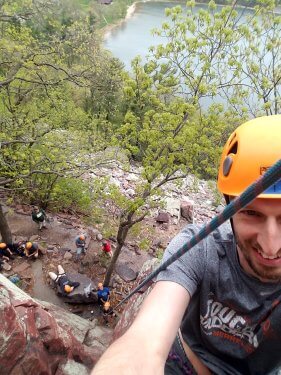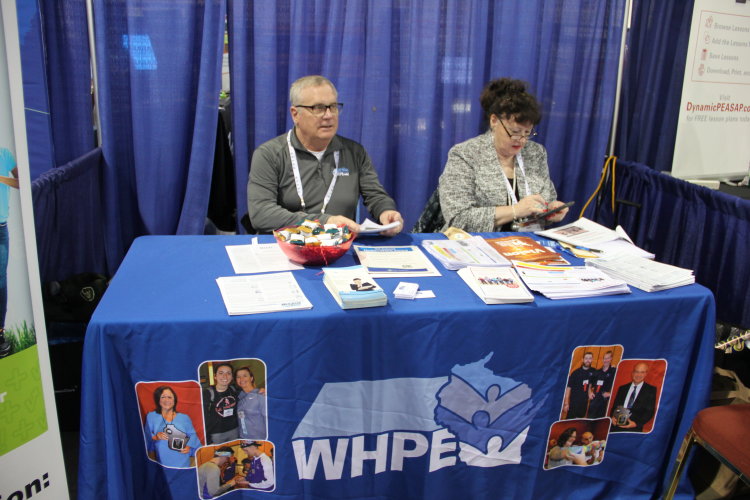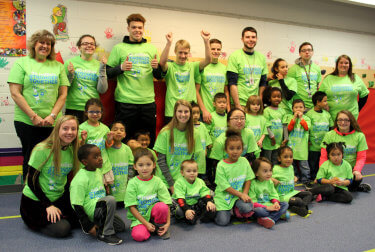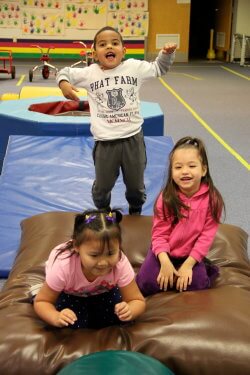SHAPE America’s 50 Million Strong by 2029 commitment has a very clear vision: To get all of America’s school-aged youth physically active and healthy by the year 2029. Less clear, is how America’s physical and health educators can successfully accomplish such a challenging mission. But what many teachers have recognized is that a workable approach is to accept that “it starts with me.” While individual teachers don’t control what happens outside of their school, they do control what they choose to do and choose not to do with their own students. What follows is a description of how one teacher is attempting to change the way that his students think about and approach physical activity.

Not long ago, Peter Toutenhoofd – Mr. T. as he is known to his students – a physical educator from South High, Sheboygan, WI received a PEP Grant. He asked himself, “How might my students best benefit from this funding?” Mr. T decided to take a non-traditional approach and to create an Adventure Education program. Here’s what he did:
Students were first given a formal definition of Adventure Education and then asked to rewrite it into their own words. This process allowed Mr. T to check for understanding and ensure teacher and students were thinking similarly. Next a “Full Value Contract” (FVC) involving PEEP (physical, emotional, environment, and personal elements) was explained and students were challenged to design one they could all agree to for the class. Once this FVC was written and modified, all participants were required to sign it. Some of the key elements in the contract included the following:





